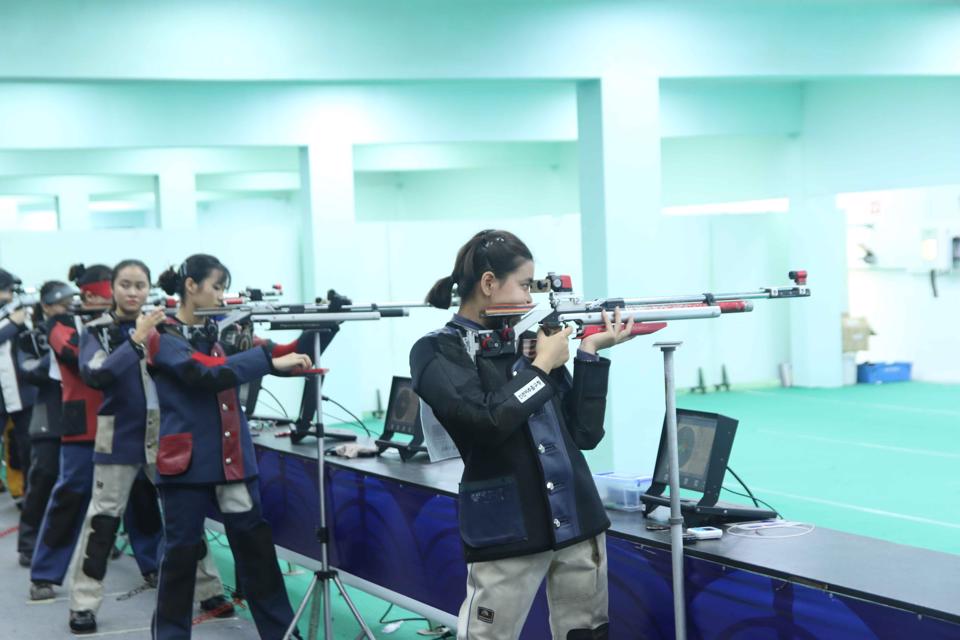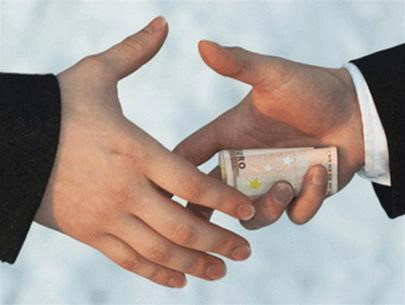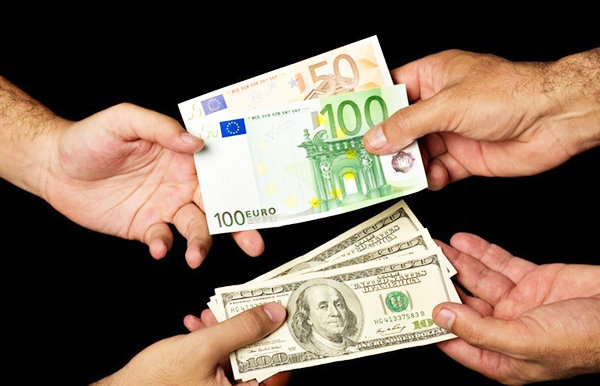The Ministry of Health has just issued Decision 528/QD-BYT guiding home care for children with COVID-19. Accordingly, there are some notes when taking care of children with COVID-19 at home as follows:

05 notes when taking care of children with COVID-19 at home (Artwork)
1. Eligibility for children with COVID-19 to be cared for at home
1.1 Clinical criteria
- Children 16 years of age with confirmed COVID-19 infection by real-time RT-PCR test or antigen rapid test done at home by caregivers or performed by healthcare workers or medical facilities .
- No symptoms or mild clinical symptoms (no dyspnea, no respiratory failure, SpO2 ≥ 96% when breathing air, normal breathing rate according to age).
- There is no underlying disease or there is an underlying disease but is being treated stably.
1.2 Having someone to take care of
For example, parents, relatives, etc. have the ability to take care of and monitor the health status of children (hereinafter referred to as caregivers), and have the ability to contact medical staff (via means such as telephones) phone, computer…) to be monitored, monitored and handled by medical staff in case of emergency.
2. Abnormal symptoms need to take the child to a medical facility
2.1 For children under 5 years old
Abnormal symptoms should be reported to a medical staff or taken to the nearest medical facility for medical examination and treatment when any of the following signs are present:
- Mental: the child is fussy, refuses to play, does not listen to talk or lethargy, or has convulsions
- Continuously high fever >39oC and difficult to lower body temperature by methods such as using antipyretic drugs + applying/wiping body with warm water. Or fever does not improve after 48 hours
- Children breathe faster than age:
+ Children < 2 months when breathing ≥ 60 times/minute;
+ Children from 2 months to < 12 months when breathing ≥ 50 times/minute;
+ Children from 12 months to < 5 years old when breathing ≥ 40 times/minute.
- Children breathing abnormally: Shortness of breath, breathing in and out of the nostrils, contraction of the sternum, intercostal muscles ...
- Signs of dehydration: tight lips, sunken eyes, thirst, little urine... (6) Cyanosis
- SpO2 < 96% (if there is a SpO2 meter)
- Vomiting everything
- The child cannot breastfeed or cannot eat or drink
- Children with other diseases such as dengue fever, hand foot mouth ...
- Any unsettled condition of the child that is deemed to be an emergency.
2.2 For children aged 5 years and over
Abnormal symptoms should be reported to a medical staff or taken to the nearest medical facility for medical examination and treatment when any of the following signs are present:
- Feeling short of breath.
- Cough that doesn't stop
- Can't eat/drink
- High fever that does not decrease or fever does not improve after 48 hours
- Vomiting everything
- Chest pain
- Diarrhea
- Children are tired, refuse to play
- SpO2 < 96% (if there is a SpO2 meter)
- Tachypnea: Breathing rate of children from 5 to under 12 years old: 30 times/minute, children from 12 years old: 20 times/minute
- Abnormal breathing: contraction of the sternum, intercostal ...
- Any unsettled condition of the child that is deemed to be an emergency.
3. Medicines for children with COVID-19
- Antipyretic drugs when the temperature is ≥ 38.50 C : Paracetamol dose 10-15 mg/kg/time (oral or rectal, at least 4-6 hours if need to repeat again (or use dose according to age, limb) details in the table below);
Note that the total dose should not exceed 60 mg/kg/day.
Guidelines for the dosage of paracetamol for children by age
(Use only when the weight is unknown – it is optimal to calculate the dose according to the child's weight)
| Children's age |
Medicine |
Dosage each time |
| < 1 year old |
Paracetamol 80mg |
1 pack x 4 times/day |
| From 1 to under 2 years old |
Paracetamol 150mg |
1 pack x 4 times/day |
| From 2 to under 5 years old |
Paracetamol 250mg |
1 pack x 4 times/day |
| From 5 to 12 years old |
Paracetamol 325mg |
1 tablet x 4 times/day |
| Over 12 years old |
Paracetamol 500mg |
1 tablet x 4 times/day |
- Drugs to balance electrolytes when dehydrated (due to high fever, diarrhea, fatigue): Encourage children to drink lots of water, can use juice or Oresol (mix and use according to instructions), if children do not If you want to drink Oresol, you can replace it with cooled boiled water or juice.
Do not use industrial soda solutions (not produced from fruit) to rehydrate;
- Increase nutrition, eat enough nutrients, increase eating fresh fruits and vegetables.
- Use symptomatic medications when necessary:
+ Cough: Can use cough suppressants (preferably herbal medicines).
+ Nasal congestion, runny nose: nasal spray, nasal drops with 0.9% sodium chloride solution.
+ Diarrhea: probiotics, digestive enzymes.
(For children who are using outpatient prescription drugs for underlying medical conditions, continue to use them as directed.)
4. Conditions for ending isolation of children with COVID-19
The period of isolation and treatment is 7 days and the rapid test results are negative for SARS-CoV-2 virus by medical staff or by caregivers and children at home.
In case the test result is still positive after 7 days, the person will continue to isolate for full 10 days for the person who has received the full prescribed dose of vaccine.
5. Do not steam children, do not self-medicate with antivirals, antibiotics, anti-inflammatory drugs...unless indicated.
The Ministry of Health notes when caring for children with COVID-19 at home as follows:
- Do not arbitrarily use anti-viral, antibiotic, anti-inflammatory drugs... without medical staff's instructions.
- Do not steam children.
Decision 528/QD-BYT takes effect from March 3, 2022.
Jewel
 Article table of contents
Article table of contents





.Medium.png)
.Medium.png)
.Medium.png)
.Medium.png)
